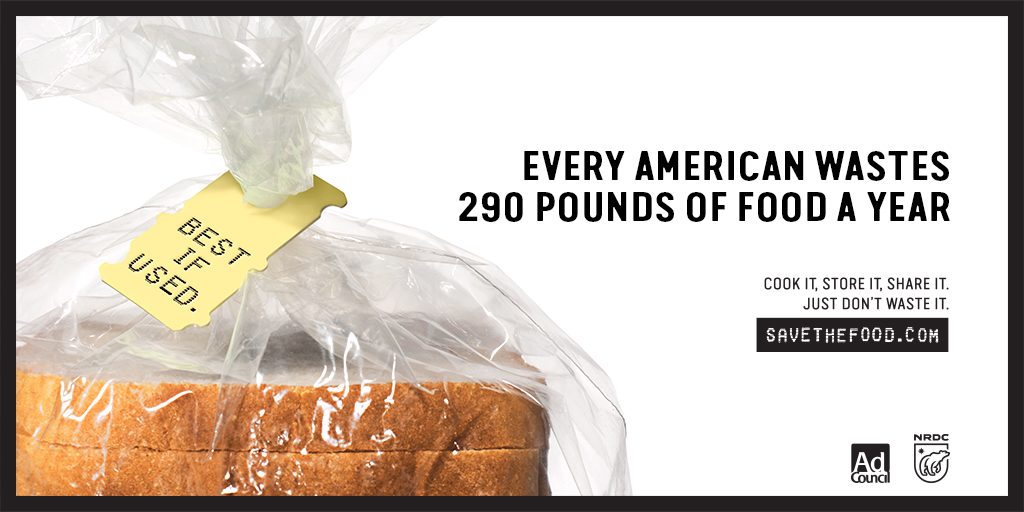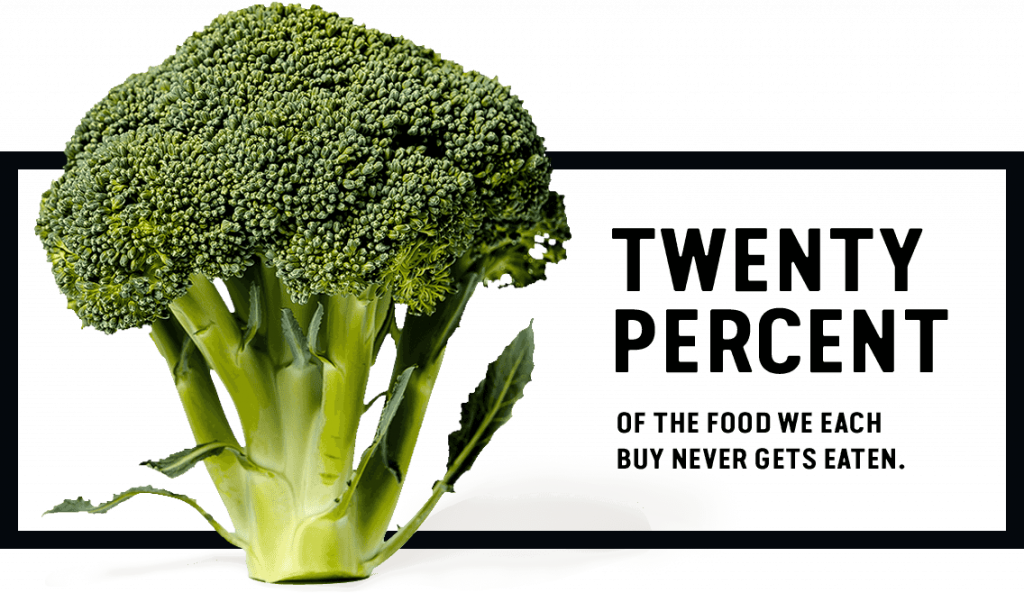In 2012, the Natural Resources Defense Council (NRDC) was working on some sustainable agriculture issues and in the course of their research they came upon some data that shocked them. The amount of food they discovered going to waste in the U.S. was staggering. Their resulting report, Wasted: How America Is Losing up to 40 Percent of Its Food from Farm to Fork to Landfill, was instrumental in getting a national dialogue about food waste started.
Some key discoveries from the first report:
- Reducing food losses by just 15 percent would be enough food to feed more than 25 million Americans every year at a time when one in six Americans lack a secure supply of food to their tables.
- Getting food from the farm to our fork eats up 10 percent of the total U.S. energy budget, uses 50 percent of U.S. land, and swallows 80 percent of all freshwater consumed in the United States.
- Forty percent of food in the United States goes uneaten. This not only means that Americans are throwing out the equivalent of $165 billion each year, but also that the uneaten food ends up rotting in landfills as the single largest component of U.S. municipal solid waste where it accounts for a large portion of U.S. methane emissions.
To update the efforts to reduce food waste and increase policy and industry changes, NRDC has released a second edition of its food waste report, Wasted: How America Is Losing Up To 40 Percent of Its Food from Farm to Fork to Landfill, Second Edition of NRDC’s Original 2012 Report.
A look at NRDC’s 2nd food waste report:
“We leave entire fields unharvested, reject produce solely for cosmetic reasons, throw out anything past or even close to its “sell by” date, inundate restaurant patrons with massive portions, and let absurd amounts of food rot in the back of our fridges. In our diverse nation of 322 million people, wasting food emerges as an embarrassing unifier. No matter our age, gender, economic status, or education level, we all waste food.”
Some highlights of the progress made since the first report
- In September 2015, the Environmental Protection Agency (EPA) and the U. S. Department of Agriculture (USDA) adopted federal targets to cut waste by 50 percent by 2030.
- As part of its sustainable development goals, the United Nations adopted similar targets.
- The Food Recovery Act, the first comprehensive bill to reduce, reuse and recycle wasted food, was introduced in Congress.
- As part of the U.S. government budget package that closed out 2015, permanent food donation tax incentives were extended to businesses of all sizes.
To read the updated food waste report published in August 2017, visit https://www.nrdc.org/sites/default/files/wasted-2017-report.pdf.
To put a media spotlight on the issue of food waste, NRDC and the Ad Council have teamed up with Blue Hill restaurant co-owner and chef Dan Barber and Amazon’s Alexa, in a new public service campaign called “Save the Food.”
To find out more information about the “Save the Food” campaign, visit http://www.savethefood.com/.